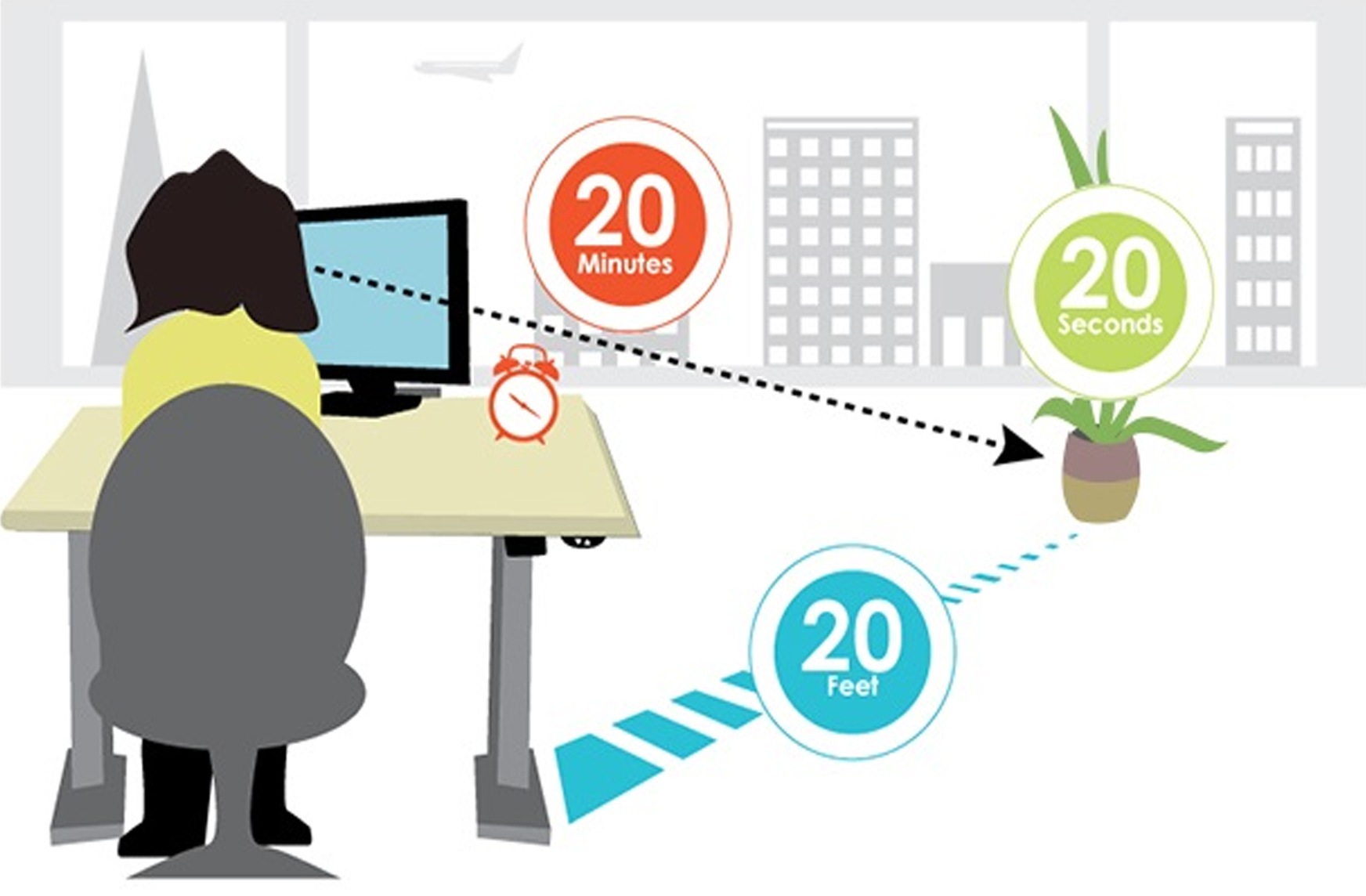Back-to-School Season is Almost Here: Sales & Marketing in Troubled Times
By Practice Growth July 30, 2020
Back-to-school season is almost here, that time of year when eye care practices would be busy conducting children's eye exams and running promotions on kid's eyeglasses. But perhaps some parents are wary of bringing their kids in for an exam now, or simply aren’t as concerned about checking their kid's eyes because they spend a lot of time at home. In fact, staying at home and studying remotely has increased screen time for children, which inevitably leads to digital eye strain - all the more reason to schedule that eye exam! It is up to us as eyecare professionals to gear our marketing approach towards reminding parents why now is the time to be bringing children in for their eye exam.
The American Optometric Association recommends that school-age children get their eyes examined every year. And while there’s still a lot of uncertainty about how the 2020-2021 academic year will turn out, getting an eye exam is especially crucial this year. Don't forget to remind your patients about the safety protocols your practice is following! A bit of reassurance can go a long way in making your patients feel safe coming in for their eye exam. Since scheduling is still spread out in greater intervals, remind your patients not to put off booking their kids’ back-to-school eye exam until the end of the summer break! Many practices’ schedules are filling up quickly, with the next available appointment sometimes as far as 3 weeks in advance.
 Digital device use, which has already been high, rose even more during stay-at-home orders; in addition, online education is certain to continue to expand. This in turn is likely to result in increased digital eye strain, which brings with it potential risks: nearsightedness, computer vision syndrome, as well as blue light exposure. And since younger children especially are less likely to accurately express their visual complaints, some of these risks can go unnoticed by parents. Instead, they might complain about headaches and difficulty focusing, all of which can ultimately have a negative impact on academic performance.
Digital device use, which has already been high, rose even more during stay-at-home orders; in addition, online education is certain to continue to expand. This in turn is likely to result in increased digital eye strain, which brings with it potential risks: nearsightedness, computer vision syndrome, as well as blue light exposure. And since younger children especially are less likely to accurately express their visual complaints, some of these risks can go unnoticed by parents. Instead, they might complain about headaches and difficulty focusing, all of which can ultimately have a negative impact on academic performance.
An eye exam can address nearsightedness and make necessary prescription adjustments. Children's prescriptions are likely to change more frequently and we know under-corrected refractive error tends to correlate with myopia progression. Dry eye, another digital eye strain symptom, can also be identified during a pediatric eye test.
What’s important here is not only treatment, but education - it’s a message that should be reflected not only in the exam room but on the sales floor and in your social media and promotional campaigns. As such, any discussion about digital eye strain wouldn't be complete without mentioning the 20/20/20 rule and going over the importance of blue-blocking coatings for eyeglasses.
The 20/20/20 rule tells us that every 20 minutes of using a digital device, we should take a 20 second break to focus on something at least 20 feet away. Have posters about the topic in the office, and create social media content on the topic to start the conversation with your patients!
Tablets, computers, smartphones - all these electronic devices expose us to blue light and while there are still many ongoing studies regarding exactly how bad that exposure is for the eyes, there are indications that its effect is especially adverse on children. This is because their retina is still developing and cannot filter out as much blue light as an adult’s retina.
While it's important to discuss the importance of blue light protection in the exam room, it's equally important that your sales staff knows how to turn the optometrist’s recommendation into a successful sale. Most parents are aware of the need for polycarbonate lenses, but blue-blocking coatings are not always seen as necessary, especially when we factor in the cost; after all, these coatings are an out of pocket expense, not covered by most insurance plans. But if the conversation about blue light protection begins in the exam room (or before, with a relatable social media post or even an in-office poster) then it won’t be seen as a sales pitch.
Tip: when it comes to blue-blocking lenses, it's a good idea to offer standard and premium options, just as with regular antireflective coatings.
The 2020 back-to-school season might not be a typical one, but with the right approach, it's still possible to turn it into a profitable one. Educating your patients about digital eye strain - providing suggestions and solutions - establishes trust, forming a loyal patient base. Children are our future so let's do what we can to help them achieve clear vision and good eye health habits.